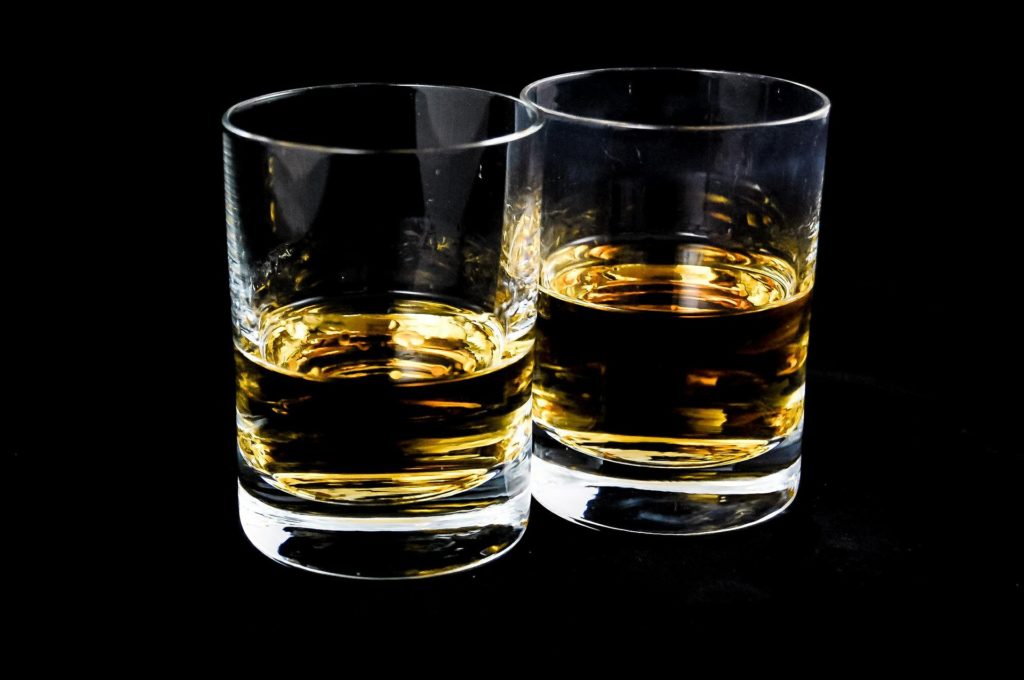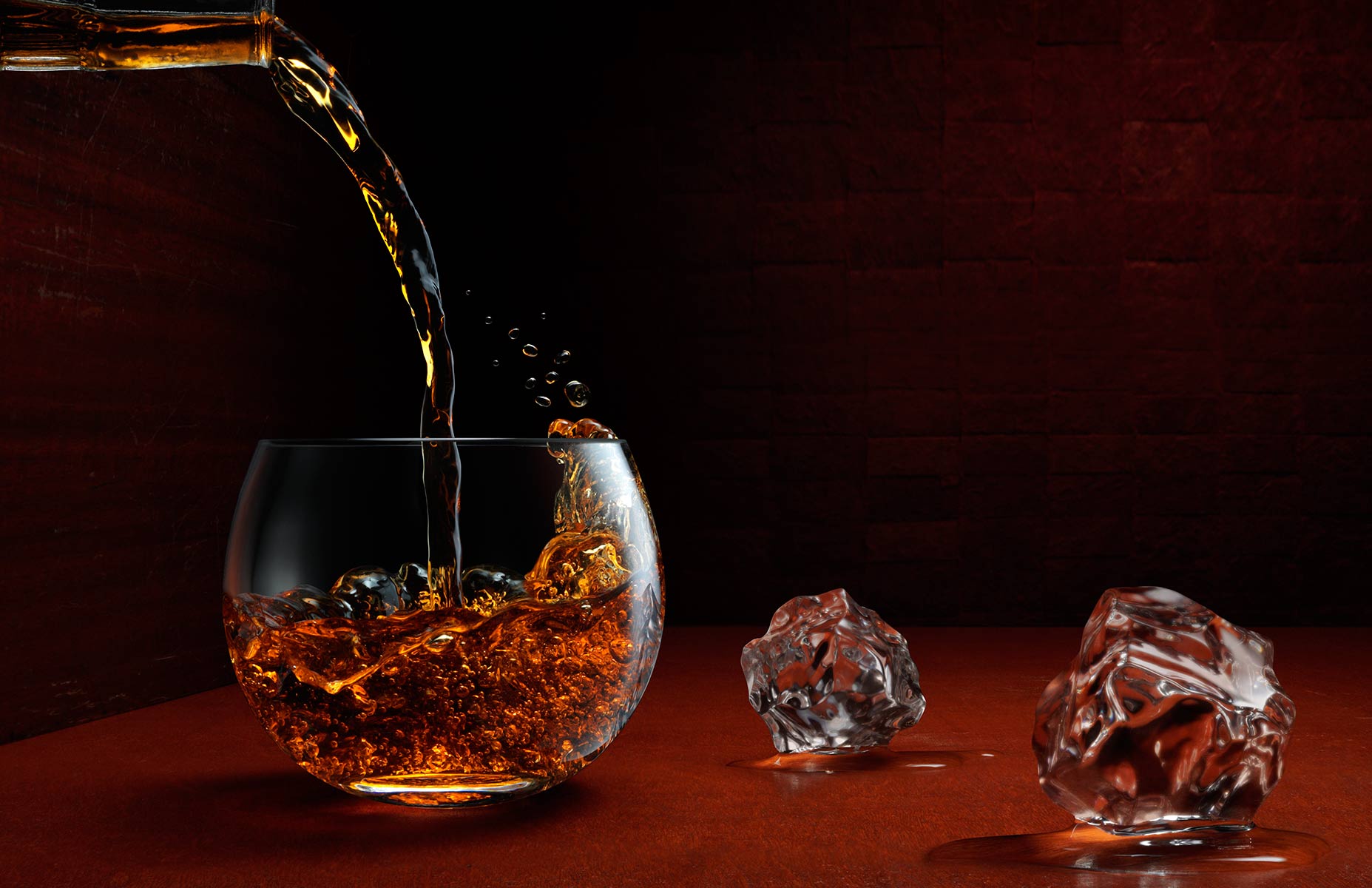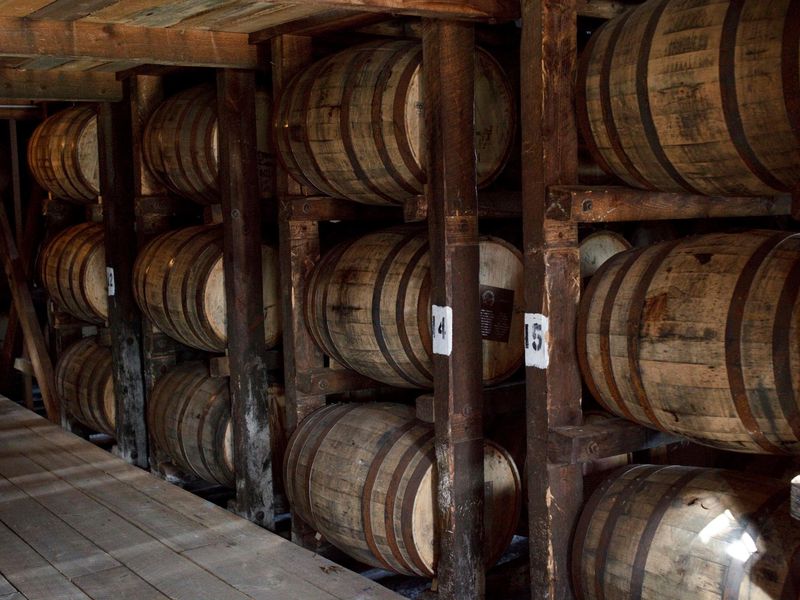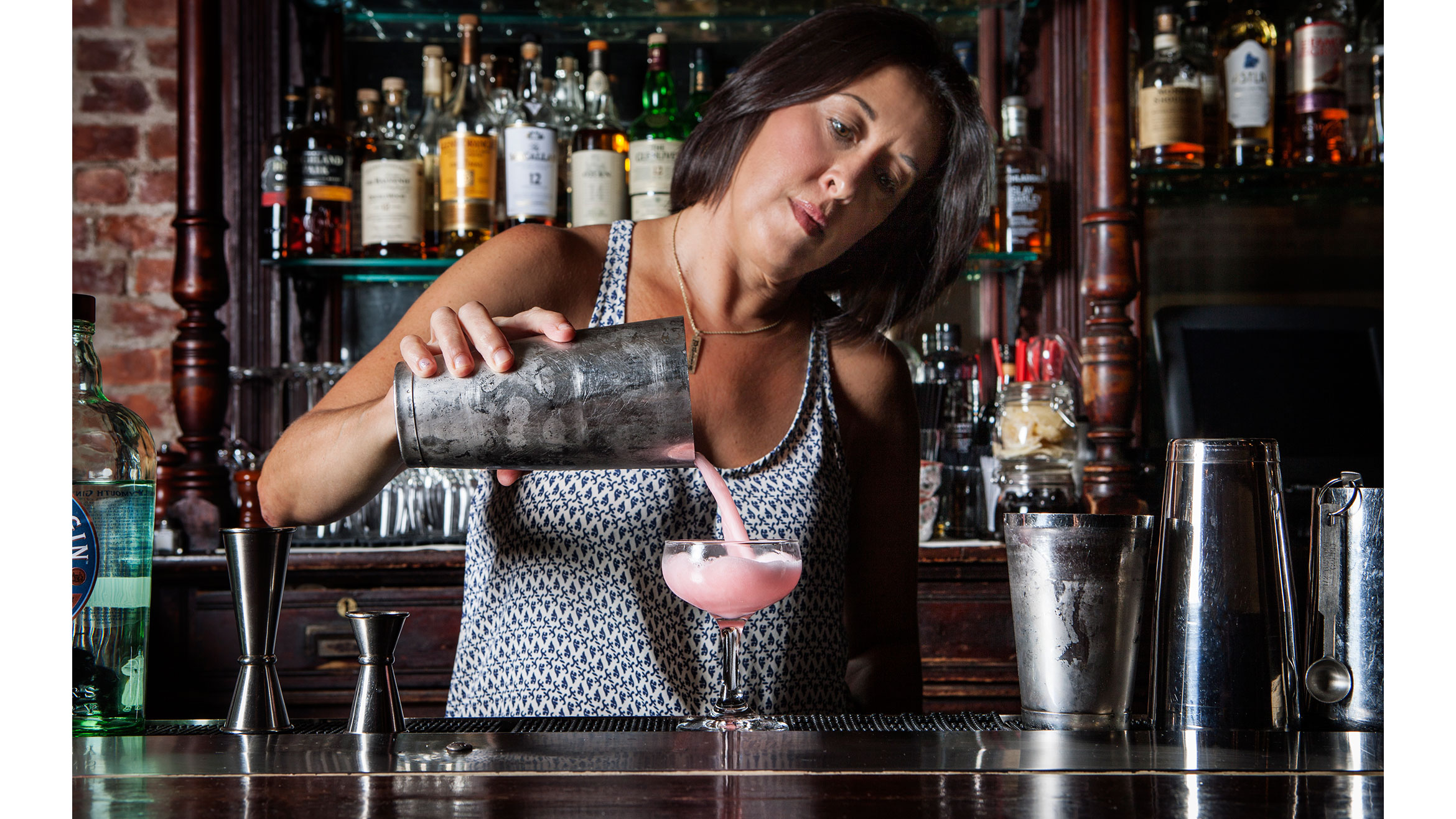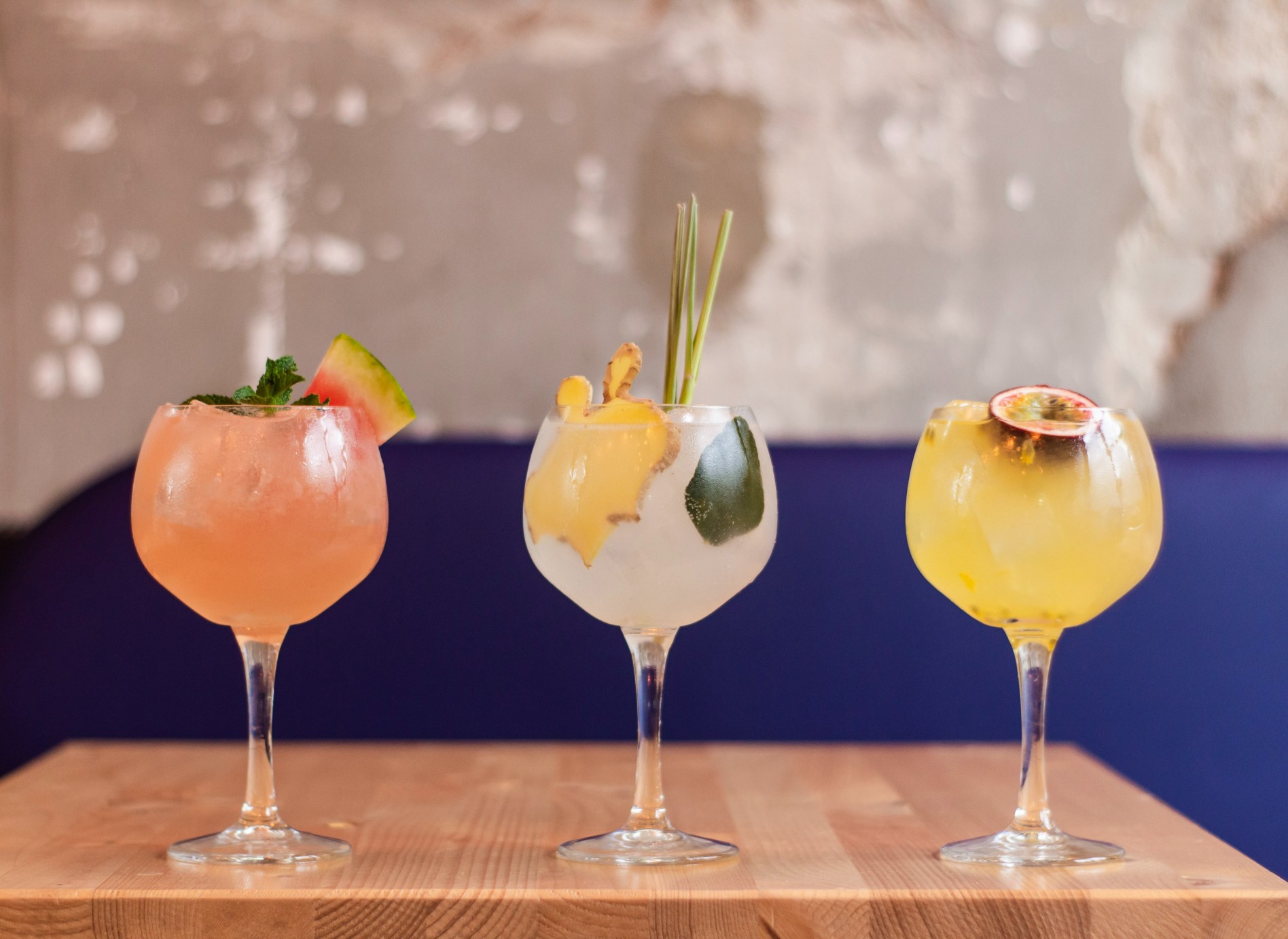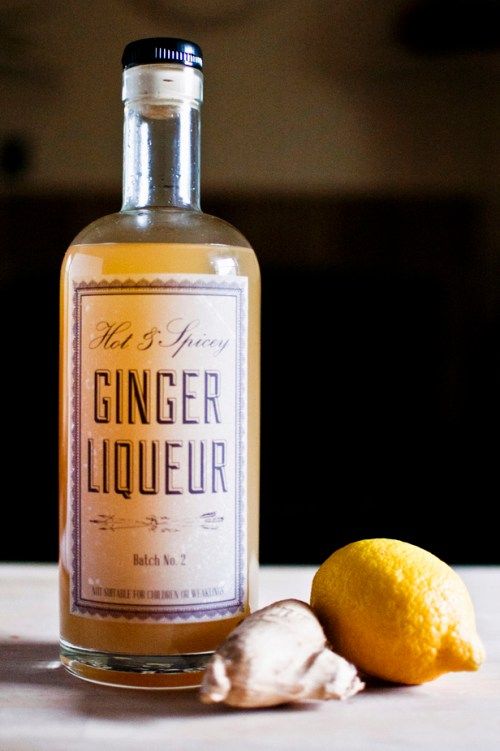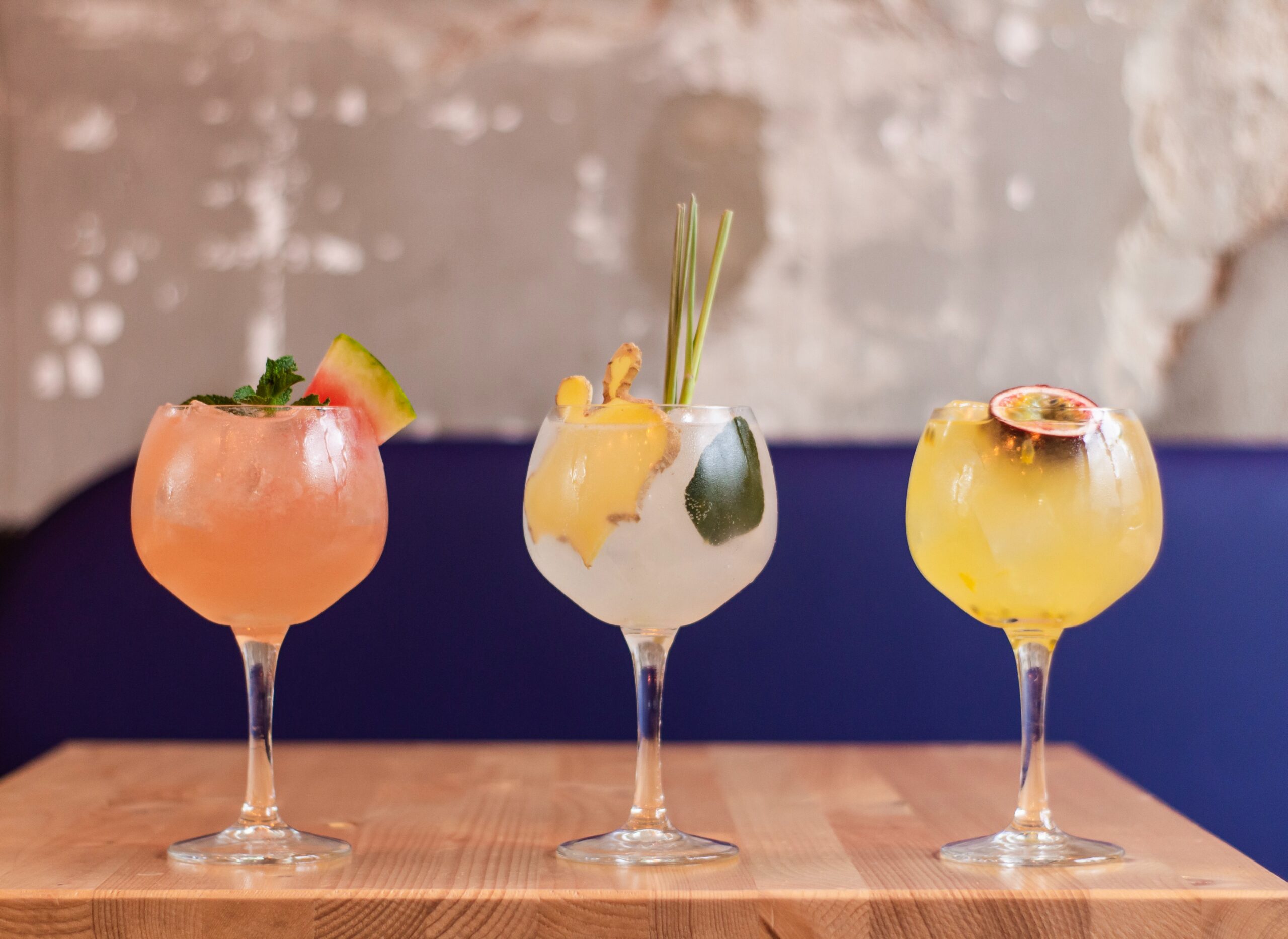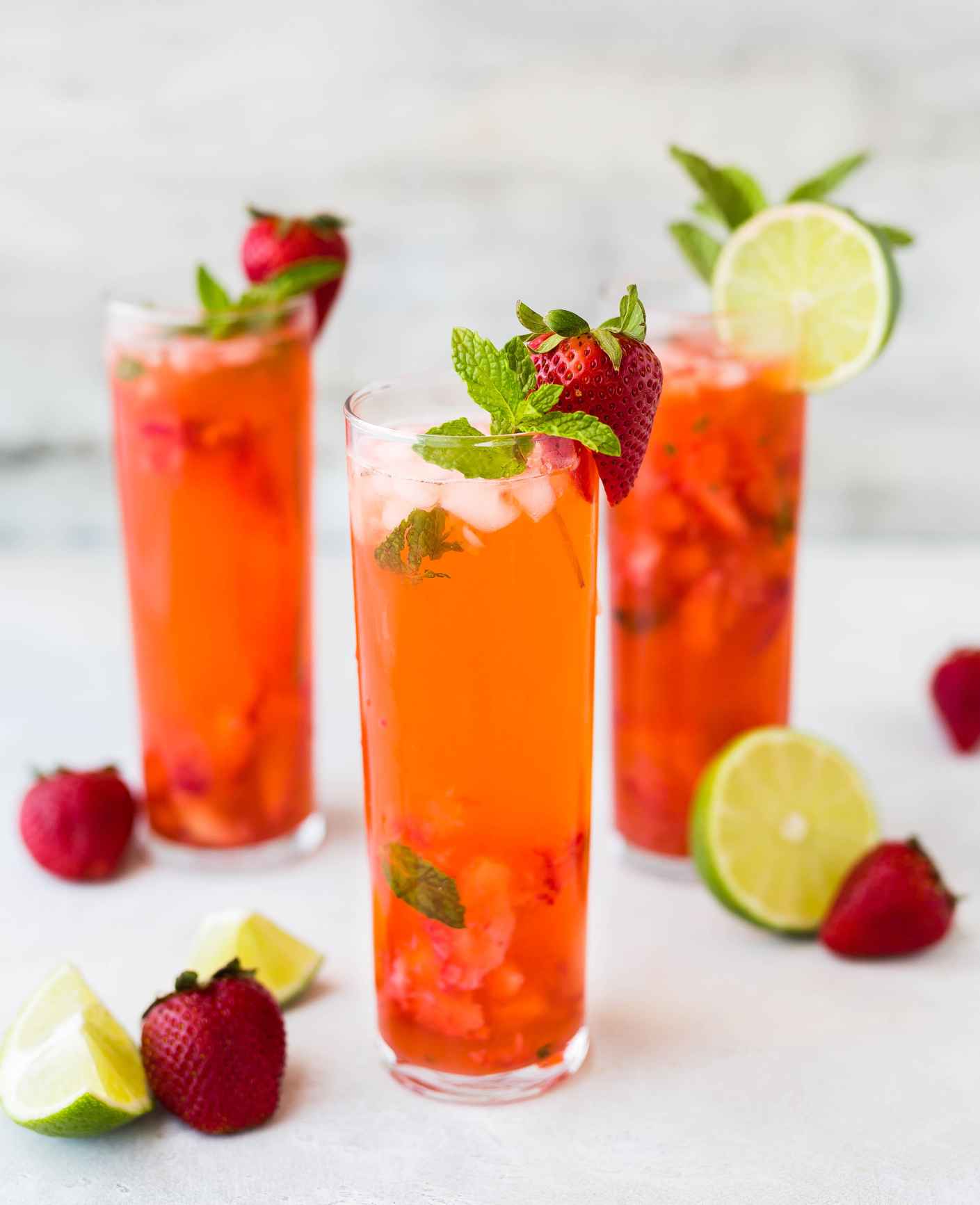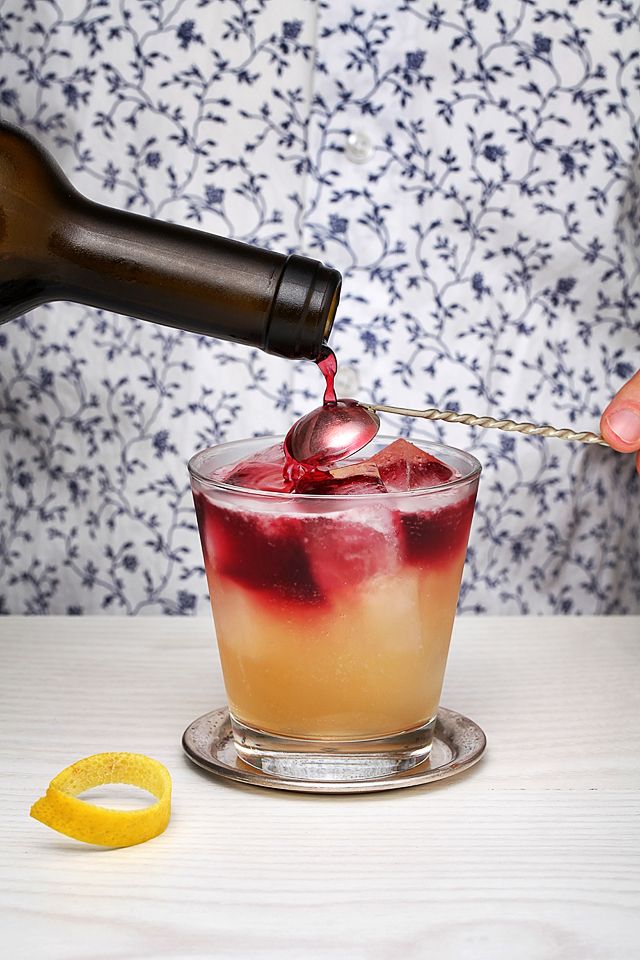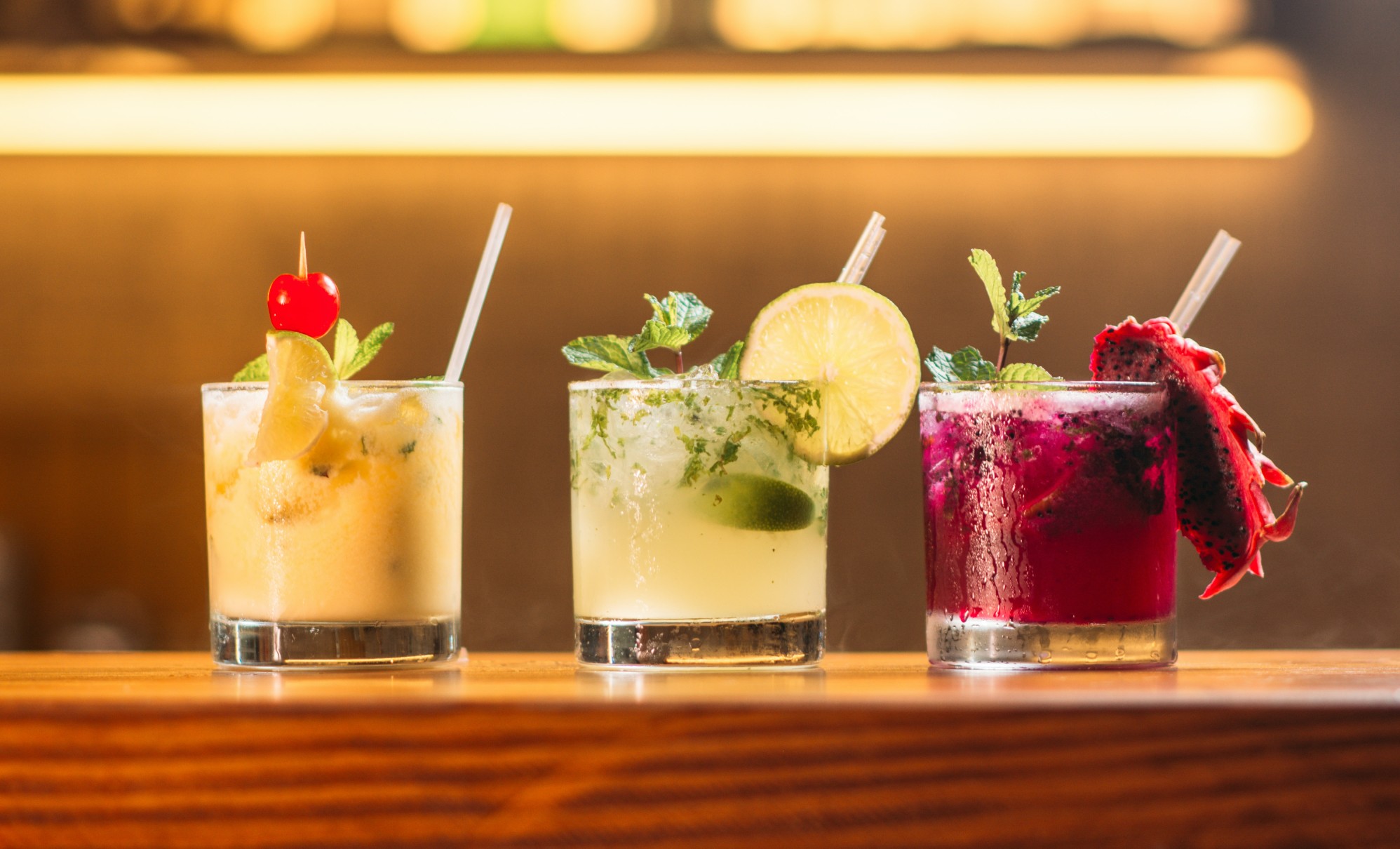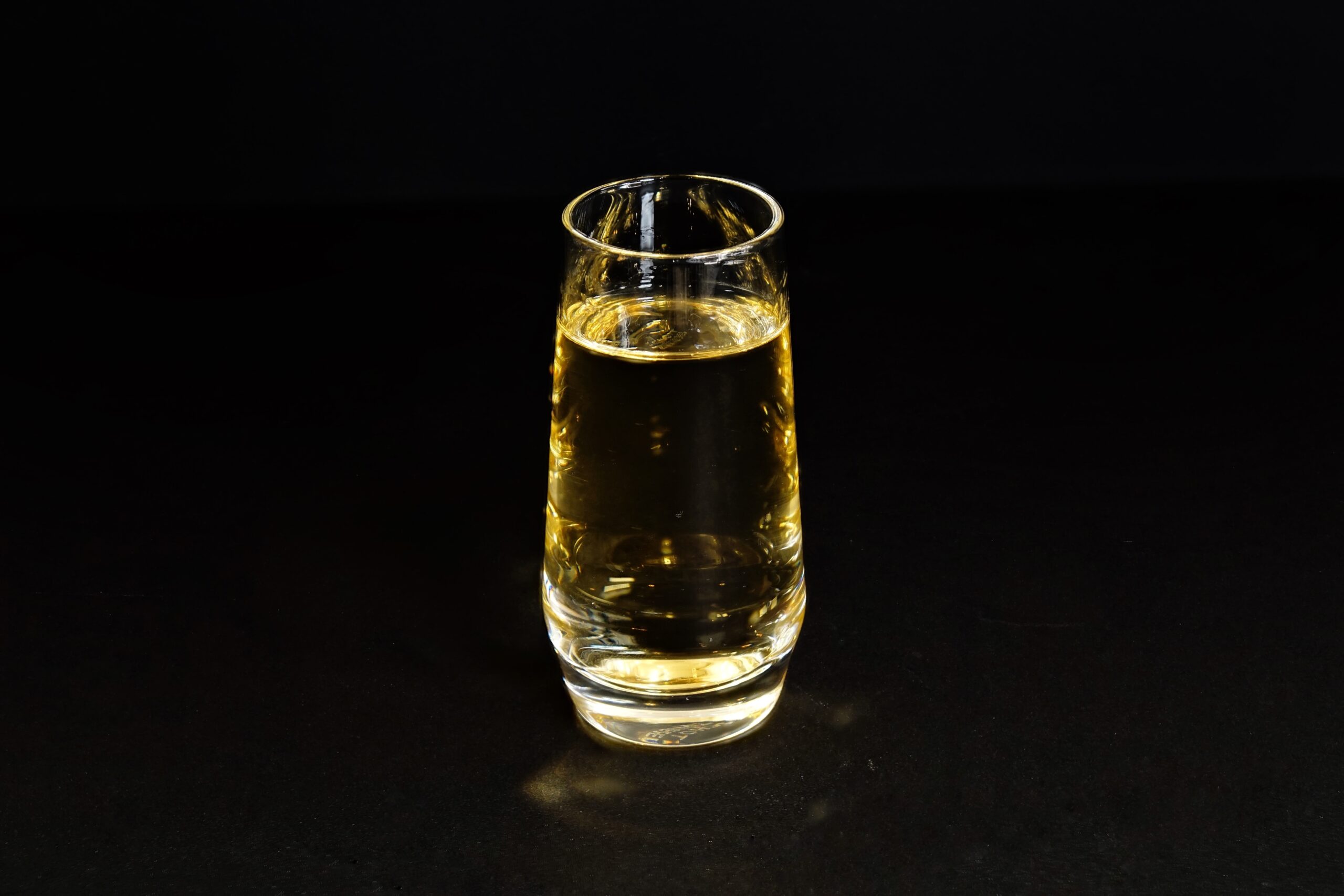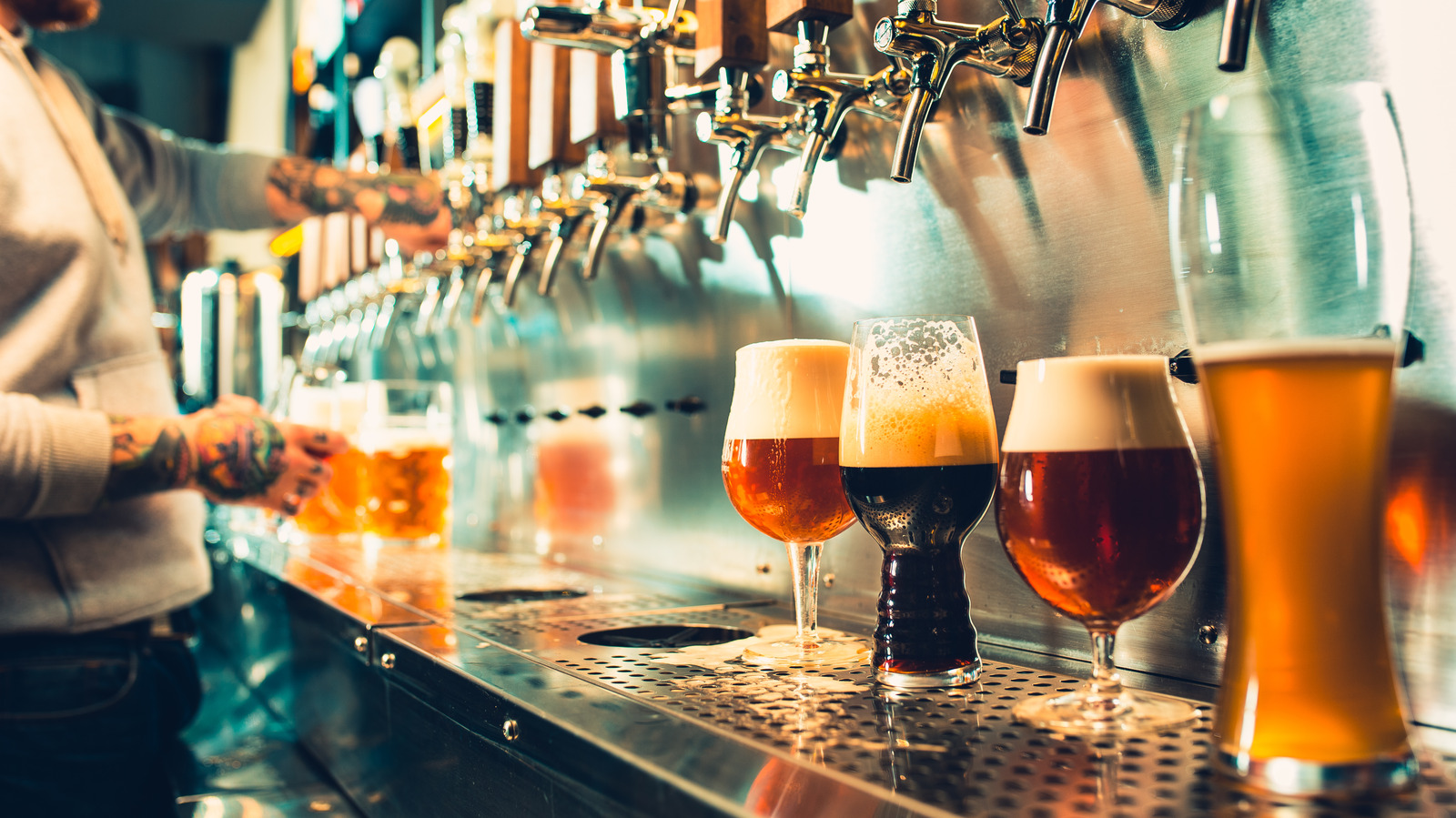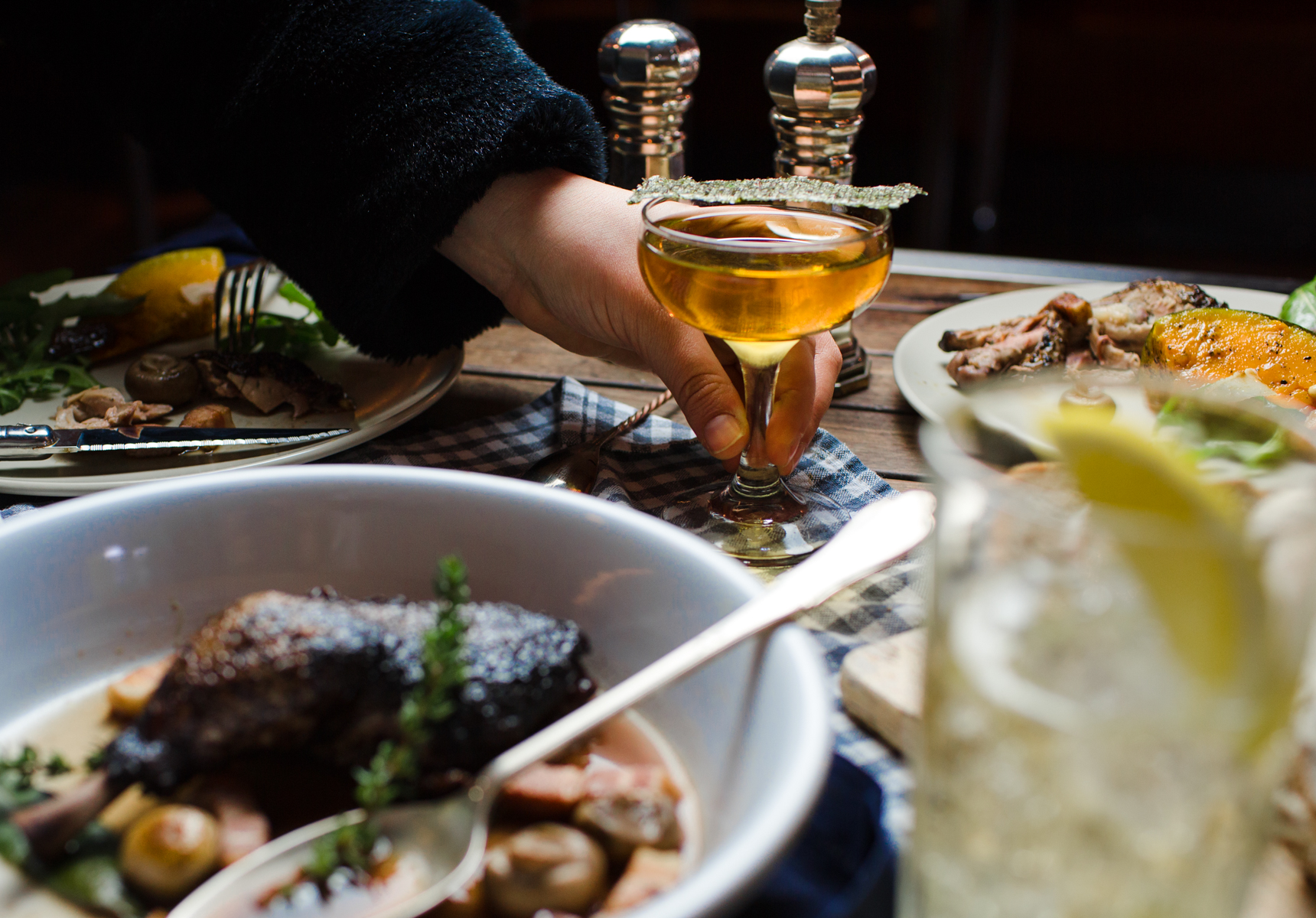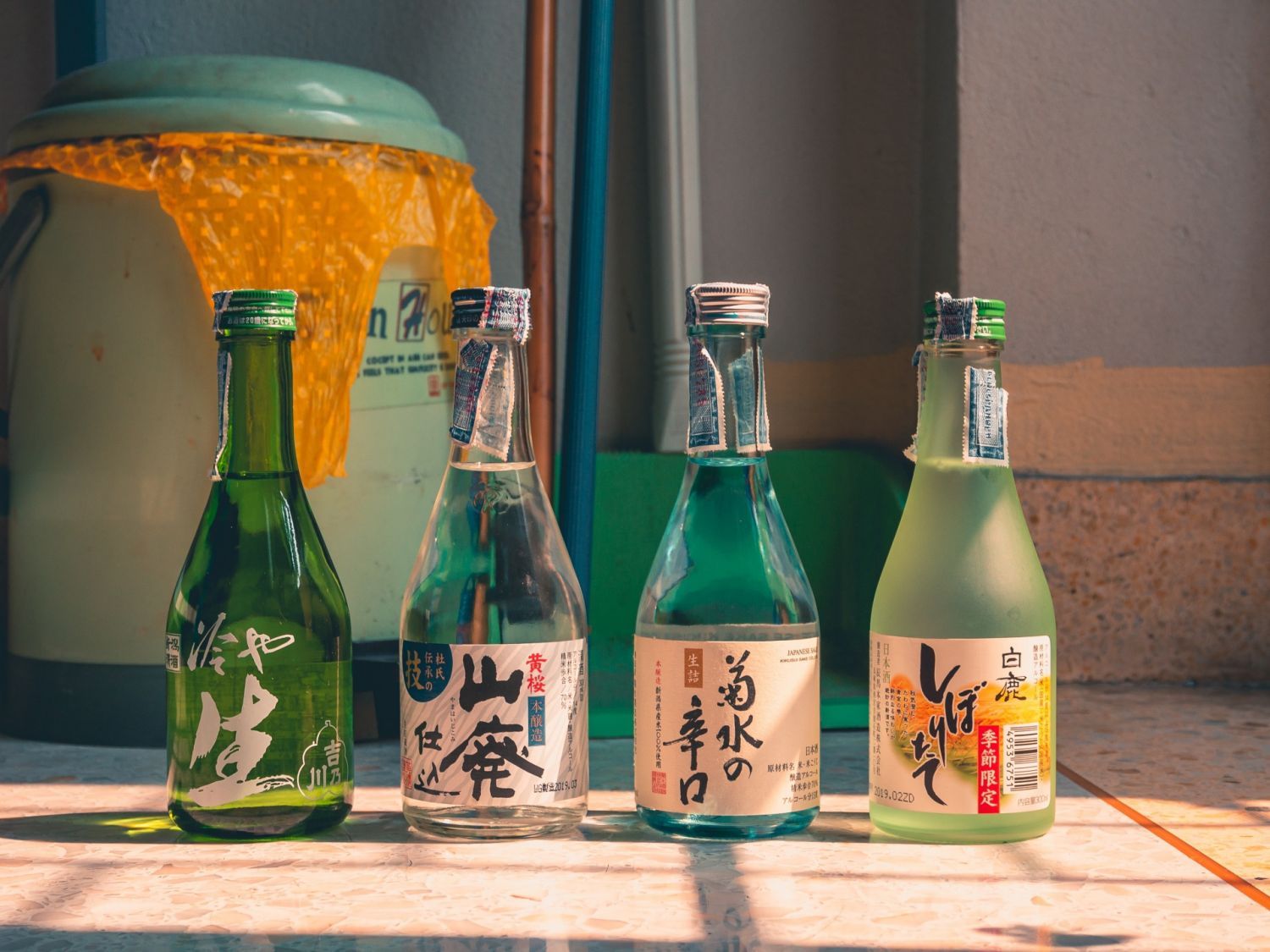As a whiskey lover, you may have heard people have preferences over single malt and blended whiskeys. Maybe you’re one of those people and that’s fair, but most newbies don’t understand the difference between the two. In any case, it always helps to know more about the drinks. You will only be able to enjoy and appreciate your whiskey a bit better.
Let’s dive in and find out the difference between single malt and blended whiskeys.
What Is Single Malt Whiskey?
The root cause of confusion among the masses about single malt and blended whiskeys is the word ‘Single’. The definition of that word is very broad in this context and that’s what raises a lot of misconceptions along with plenty of whats and hows. The simple and straightforward reason why single malt whiskey is called so, is that the finished whiskey was distilled at a single distillery. For all the liquor noobs who don’t know what a distiller is, it’s the place where alcohol is manufactured. Most times a given whiskey is manufactured in more than one distillery, but that’s clearly not the case for single malt whiskeys.
This implies that a single malt whiskey is not a product of a single type of grain or a single barrel, contrary to the general understanding of what single malt whiskey is!
Also Read: Understanding Whisky/Whiskey Types Like A Beginner
What Is Blended Whiskey?
Blended whiskeys are also known as vatted whiskey to make them sound fancier. But basically, blended whiskey is produced from a variety of malt and grain whiskeys. These whiskeys are brewed and aged in different collections of distilleries instead of a single one.
Some brands mix two or more single malt whiskeys to make their blended whiskey while some others blend single malts from different distilleries to make theirs. Many others also mix a combination of grain whiskeys and single malts,to make blended whiskeys.
In simple terms, there are multiple ways you can produce blended whiskeys and different brands and companies have their own ways of manufacturing them. It’s the master blender, the professional whose task is to determine the composition of the blended spirits, who decides which and how many whiskeys they need to add to achieve the perfect spirit.
Also Read: 7 Best Snacks To Pair With Whiskey
Areas Of Differences Between Single Malt And Blended Whiskeys
If you’re a whiskey lover, you know that single malt whiskey and blended whiskey taste very similar. But they have their differences when it comes to the ingredients used and flavor profiles, aging process, and the number of distilleries. Let’s have an in-depth look at each of these aspects.
Also Read: Best Classic Whiskey Cocktail Recipes
Ingredients
The first striking difference between single malt and blended whiskeys is the ingredient list. A single malt whiskey has a stringent ingredient list of 3 items: water, malted barley, and yeast. There are no other ingredients nor is there any additional grain that is used in making this whiskey. Additionally, barley is the only type of grain used in the production of a single malt whiskey.
When it comes to blended whiskey, it’s made by combining two or more single malt whiskeys or other grain whiskeys. Most of the time, the whiskeys that are blended together have corn, rye, wheat, or other kinds of grains as their malt base. So, in the end, when multiple whiskeys are mixed together, there are more than just three ingredients that are being blended to get the final spirit.
Fun Fact: If you’ve been confused about what a scotch whisky is, it’s quite simple. Whisky made in Scotland is called Scotch whisky! It’s either made from barley or a mix of other grains.
Also Read: Know The Difference Between Bourbon And Whiskey
Flavor Profile
There are many factors that affect the flavor profile of single malt whiskeys and blended whiskeys. These factors are affected during the manufacturing process and can alter the way that the spirit tastes. While many experts say that there is not much of a difference in the taste, there is a difference in some external factors that we shall look at below:
The barrels used to age these whiskeys are one such factor. Typically, an oak barrel is used for single malt whiskeys. But some companies also use sherry casks or wine barrels to age these whiskeys. This affects the way the whiskeys age and the flavor they acquire. If you look at the same factor for blended whiskey, there’s going to be a combination of whiskeys that are added that are aged in different kinds of barrels. This affects the flavor profile of a blended whisky. On the other hand, the flavor of a single malt one remains very consistent.
Also Read: Whiskey Sour Recipe: Celebrating Whiskey Sour Day
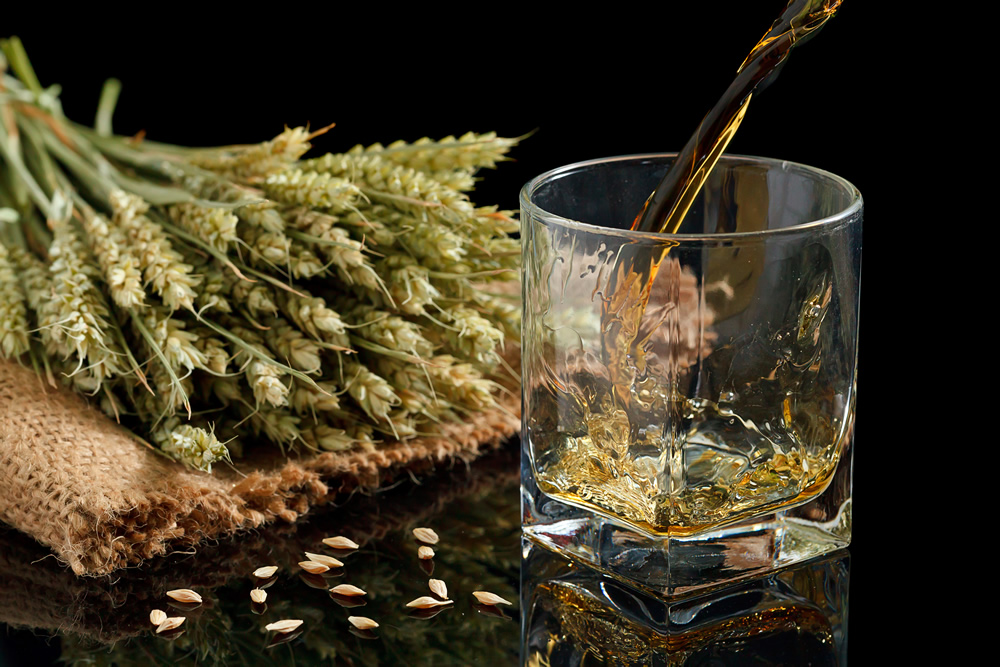
Blended whiskey, at times, is also a combination of whiskey that is made from malted barley or other grains like corn, rye and wheat. This adds to its flavor profile and makes it a bit different from the single malt whiskey that has only three ingredients as mentioned in the earlier section.
The atmospheric factors also affect the way that these whiskeys are made and affect the flavor palette. But eventually, it’s the master blender who ensures that these whiskeys have a consistent flavor.
If you’d love to add a fun collection of coasters for your whiskey glasses, get the at The Bay Store!
Aging Process
All bottles of whiskeys, whether single malt or blended, carry an ‘age statement’. This simply means that the number of years that the whiskey was aged in the barrels is listed on the bottle. The number of years the whiskey was aged differs from whiskey to whiskey. There’s also significant difference between the age statement for single malt whiskey and blended whiskeys.
Single malt whiskeys are typically aged for about 3 years. That’s how long most single malt whiskeys take to age. But that’s not the same for blended whiskeys as it has more than one whiskey that has different aging and maturing years.
Typically, a blended whiskey takes a minimum of 5 years to age. But even this differs from brand to brand and can take longer than just 5 years most times. Mostly, the age of the youngest whiskey used in the blended whiskey is added to the bottle’s age statement. But, in some instances, if they do not have an age statement, blended whiskey need not carry the no age statement label.
Also Read: Best Gifts For Whiskey Lovers
Summing Up
As you’ve seen in the article, there’s not a lot of difference between single malt and blended whiskeys apart from the way that they are produced. The quality, and superiority of either of the whiskeys do not have any major differences, if any. And now that you know all about the differences that these two have in common, you now know the differences and similarities between the two. So, the next time you visit a bar, just order a glass of your favorite whiskey whether single malt or blended and cheers to your newfound knowledge!
FAQs
Is Single Malt A Better Whisky?
This is one of the common misconceptions among people that single malt whiskeys are better. That in fact is not true, both single malt and blended whiskeys have their own distinguishers. If you ask whiskey connoisseurs, they’d agree that both blended and single malt whiskeys are great whiskeys.
Why Is Single Malt So Expensive?
The process of manufacturing single malt whiskey is tedious; that’s one of the reasons why it can be a bit more expensive. But, if you look at the alcohol in the market, you’ll notice that not all single malt whiskeys are expensive. It all depends on the manufacturer and the process.
Is There An Indian Single Malt Whiskey?
Indri Trini is one of the finest single malt whiskeys that is popular among the masses.
Does Whiskey Need To Be Refrigerated?
Spirits like whiskey have high alcohol content which preserves their integrity. For this very reason, you don’t have to refrigerate your whiskey once it’s open. You simply need to store it in a dry and cool area.
Is Johnnie Walker Black Label Single Malt Or Blended?
The classic Johnnie Walker Black Label whiskey is blended whiskey. It is a wonderful blend of single malt and grain whiskies from across Scotland.
Which Is An Example Of Single Malt Whisky?
Amrut Neidhal, Glenlivet XXV, Glenfiddich 18 Year, Indri Trini, The Yamazaki Distillers Reserve, and The Macallan Fine Oak 12 Years Old are some examples of single malt whiskey that you need to try.
Which Is Expensive Single Malt Or Blended?
Simply because of the time and lengthy production process, single malt is slightly more expensive as compared to blended whiskeys.
Which Whisky Brand Is Best In India?
India has some of the best whisky brands that you can get your hand on. this list includes some classic brads like Imperial Blue, Blenders Pride, Amrut, and Antiquity.
